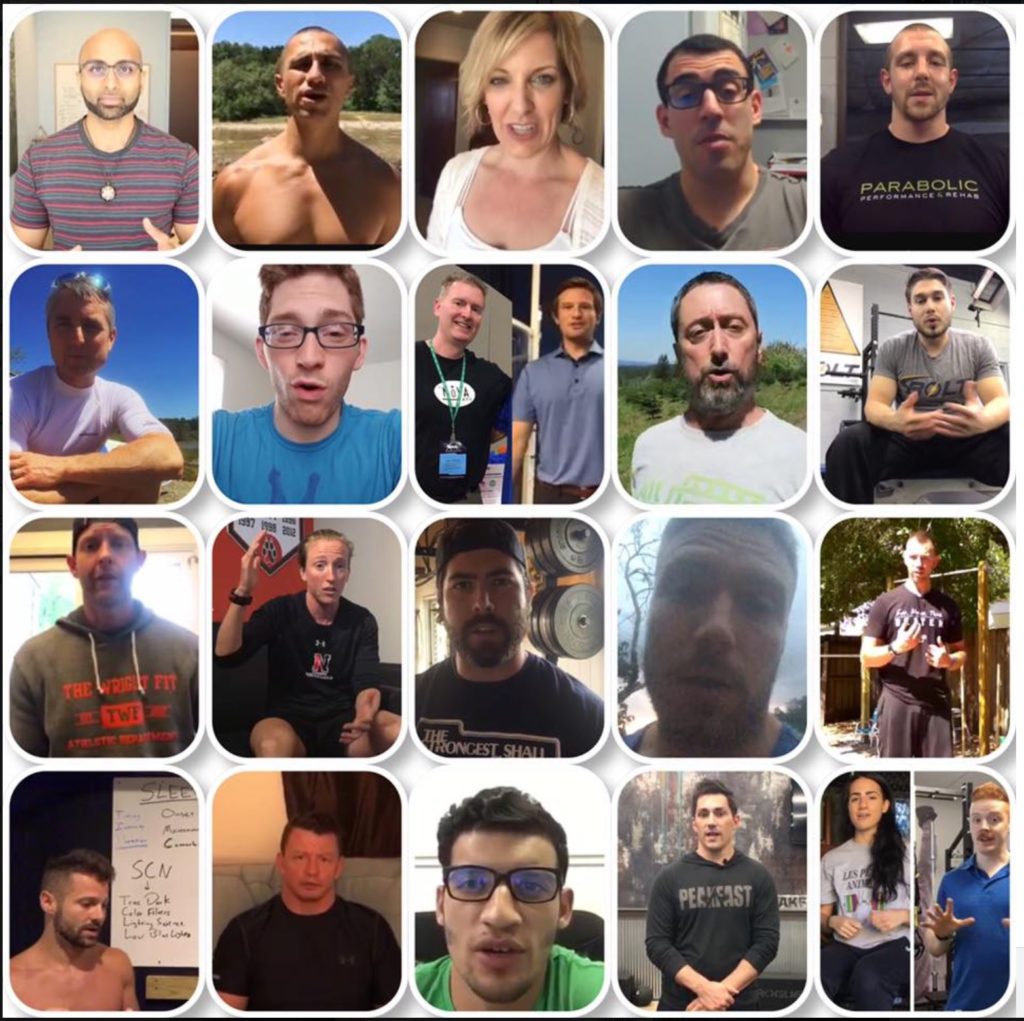Increasing Buy-in with a Third Party
You know how your friends and family don’t listen to your advice? Sometimes clients can be the same way.
It can be tough to get clients to believe in concepts like getting more rest, getting better sleep, and working on their movement variability.
Especially when most gyms in town are encouraging the opposite and the mainstream media still glorifies training programs that are similar to the biggest loser.
When you seem to be promoting the opposite of what the rest of the world is saying, it can be a HUGE challenge to get your clients to buy into taking care of themselves.
A few years back I realized that it helped if the information was coming from a third party and not just coming from me. I started finding other experts in the field that were sharing the same beliefs I was trying to share.
Since they were skeptical in what I had to say, I found articles and videos that backed up what I was saying. That’s when I started getting people on board with all the unsexy work that comes with rest and recovery.
I’ve written a few articles you can share with your clients since they are geared towards the general population. All of these articles had to be less than 700 words so the chances of your clients reading them are greater than sending them a 6 page article with terminology they can’t understand.

The first one is about sleep and the importance of regulating your sleep and wake cycle. If you’re looking to achieve results that you’re able to sustain for a lifetime, you’ve got to work on your sleep! Getting a client to stop downplaying the benefits of better sleep quality is getting easier and easier with all the information coming out.
The second article I wrote are for those that keep clocking hours at the gym with little to no results because they’re not focusing enough on recovery.

The third one is about breathing being the secret to pain-free strength training. I wrote this because my target market are scare of lifting weights, have been hurt by personal trainers in the part, or are in some type of pain which makes them believe they’re not capable of getting stronger. Getting someone to buy into lifting weights is not dangerous can be a challenge but it’s my specialty ? If we share the same target market, this article is perfect for you!
The last one is about how to find the right gym and the right personal trainer. This one is good for clients to see because unfortunately, a degree or a certification tells you NOTHING about the person’s ability to coach your correctly.
I also put together a compilation of experts talking about recovery over at Darkside Strength.

Each week I released a new video that I also sent to our clients! You’ll notice some of these experts repeat the same thing. Which hopefully makes your clients realize it might be important 😉
Here are a few of the videos on that blog:
Dave Rascoe talked about SLEEP! The hot topic in the industry.
Mike T Nelson and Lance Goyke talked about AM walks
Justin Moore and Mike Baker talked about what kind of training they can do in the gym that will help improve their recovery
For the rest of the videos check out the whole blog on Darkside. You can individually send each video to your clients 🙂
What are a few things you struggle getting your clients to buy into? Have you thought of doing workshops at your gym with guest speakers? Do you have a facebook community group where you share tips and trusted resources? Let me know what you do! I’m always interested in what other trainers are doing.
Until next time 🙂
Lucy


